I’m Eliott Martin, 22, a student at Louis-Lumière on exchange at FAMU Prague. I’m discovering Camerimage for the first time with the fresh eyes of an aspiring DP — somewhere between wonder and questioning.
Each day, I’ll share my immediate impressions: sketches, photos, film reviews, hidden gems. An unfiltered look at the world’s biggest gathering of cinematographers. For those who remember their first steps, or who still dream of taking theirs.
Day 1 — Toruń and its surprises
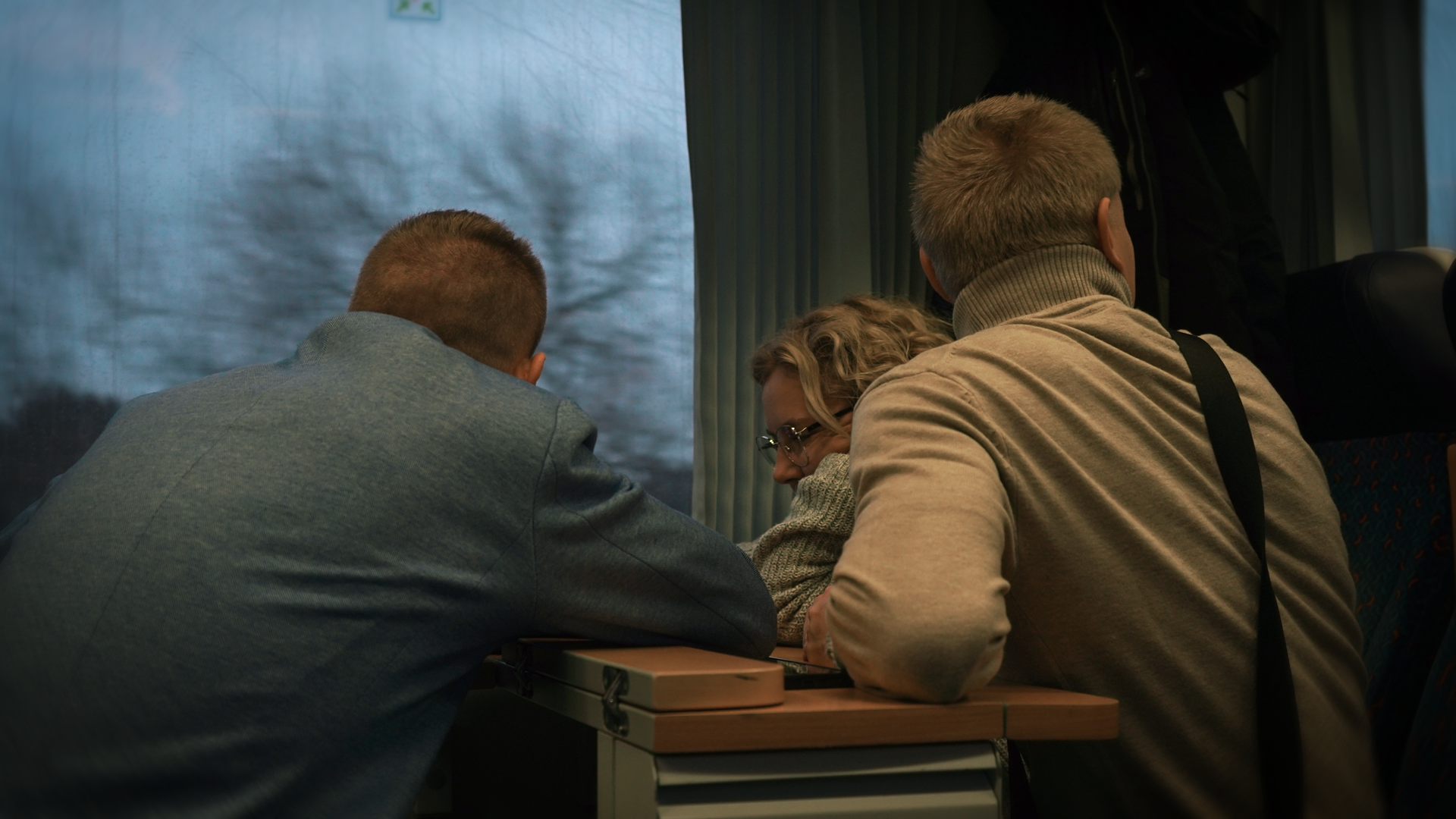
Here I am in Toruń. On the train and in the city, I played at guessing who might be a DP. It’s pretty easy actually, our faces have something recognizable about them.
Toruń seems tiny, and it’s exactly this intimate charm that seduces me about this little city. Searching for authentic local spots, I discovered Tu-Tu, a famous jazz club that would surely have delighted our dear David Lynch. The atmosphere reveals precise aesthetic choices: lovely greens contrasting with stones and red wood, all bathed in warm yellow-orange light. I’m sharpening my eye before a week that promises to be intense with emotions and discoveries.
Day 2 — Devouring films to exhaustion
10am — Misery and Mother
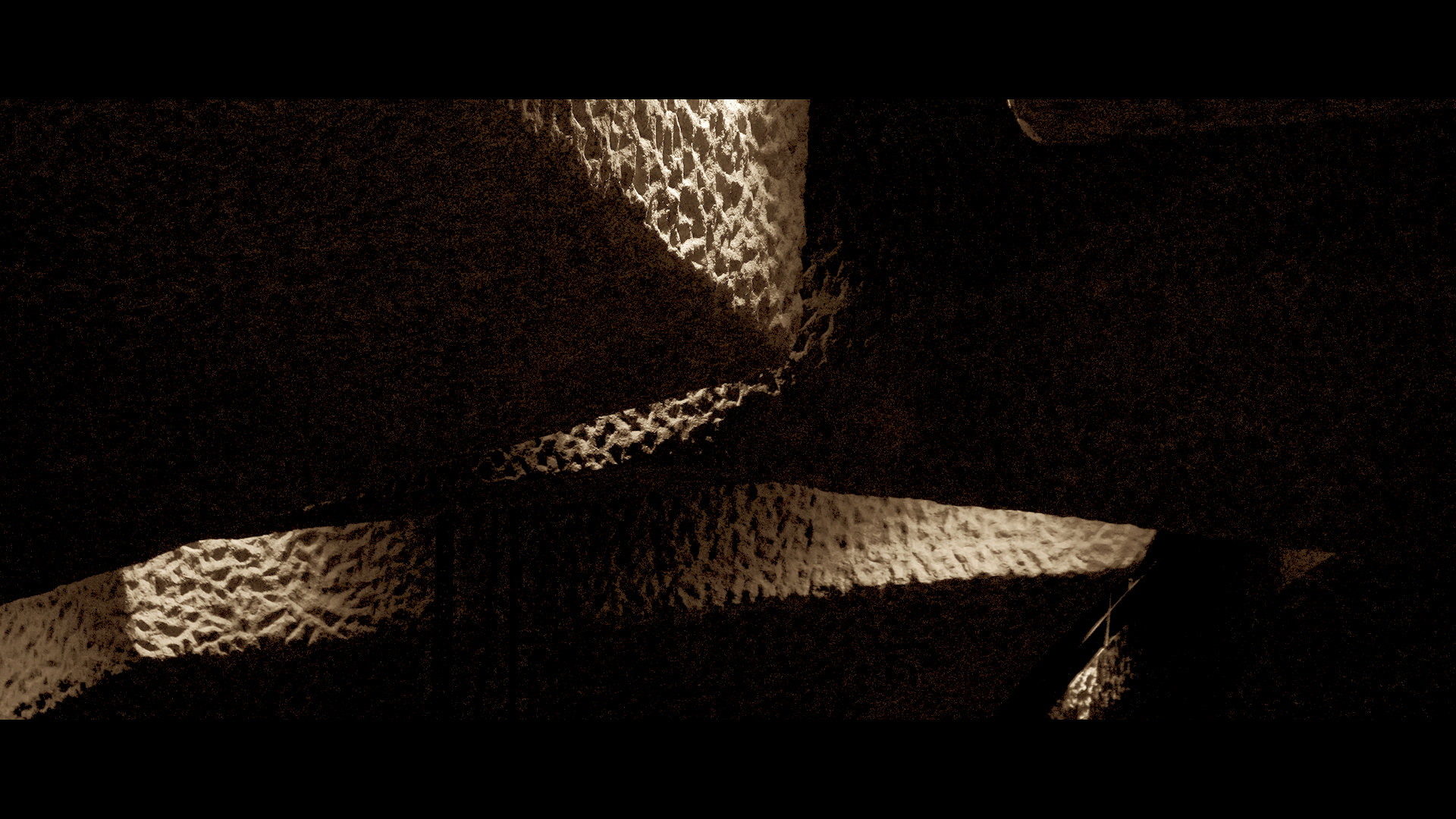
My first time in the main hall at CKK Jordanki, impressed by the scale and rocky forms of the place. The hall gradually fills as slow applause accelerates bit by bit until the logo gets its ovation — after an endless list of sponsors.
Black screen.
David Lynch appears to present his famous weather report of the day. I’m moved to see on the giant screen the man whose inventions and whimsical weather bulletins I followed daily. His face remains gentle, his spiritual calm intact, and he still manages to make us laugh.
Mother — Dir. Teona Strugar Mitevska / DP. Virginie Saint-Martin
We’re in the mid-20th century, in a convent during the seven days of Mother Teresa’s succession. Chaos and madness gradually invade this space that becomes increasingly anxiety-inducing.
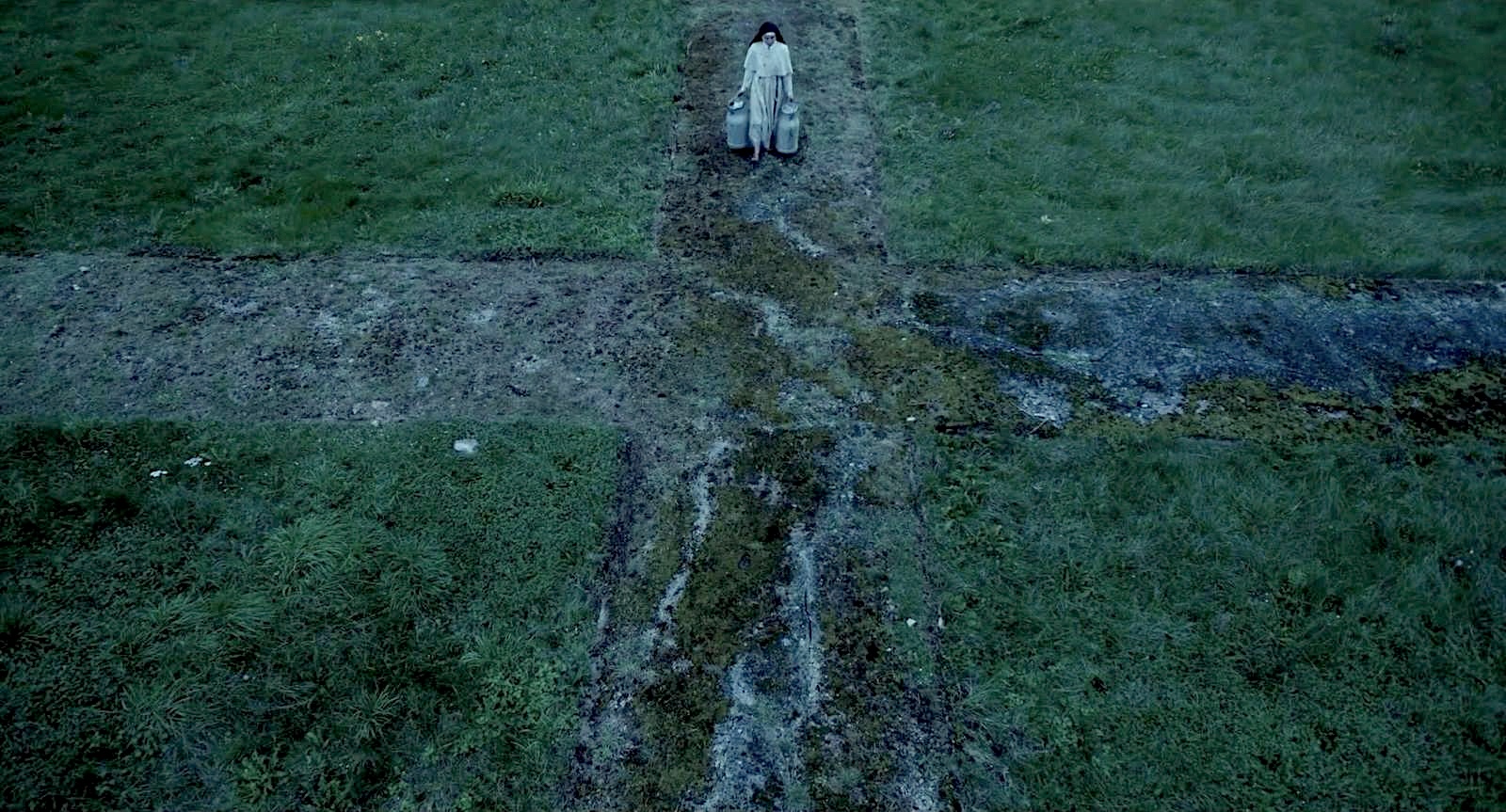
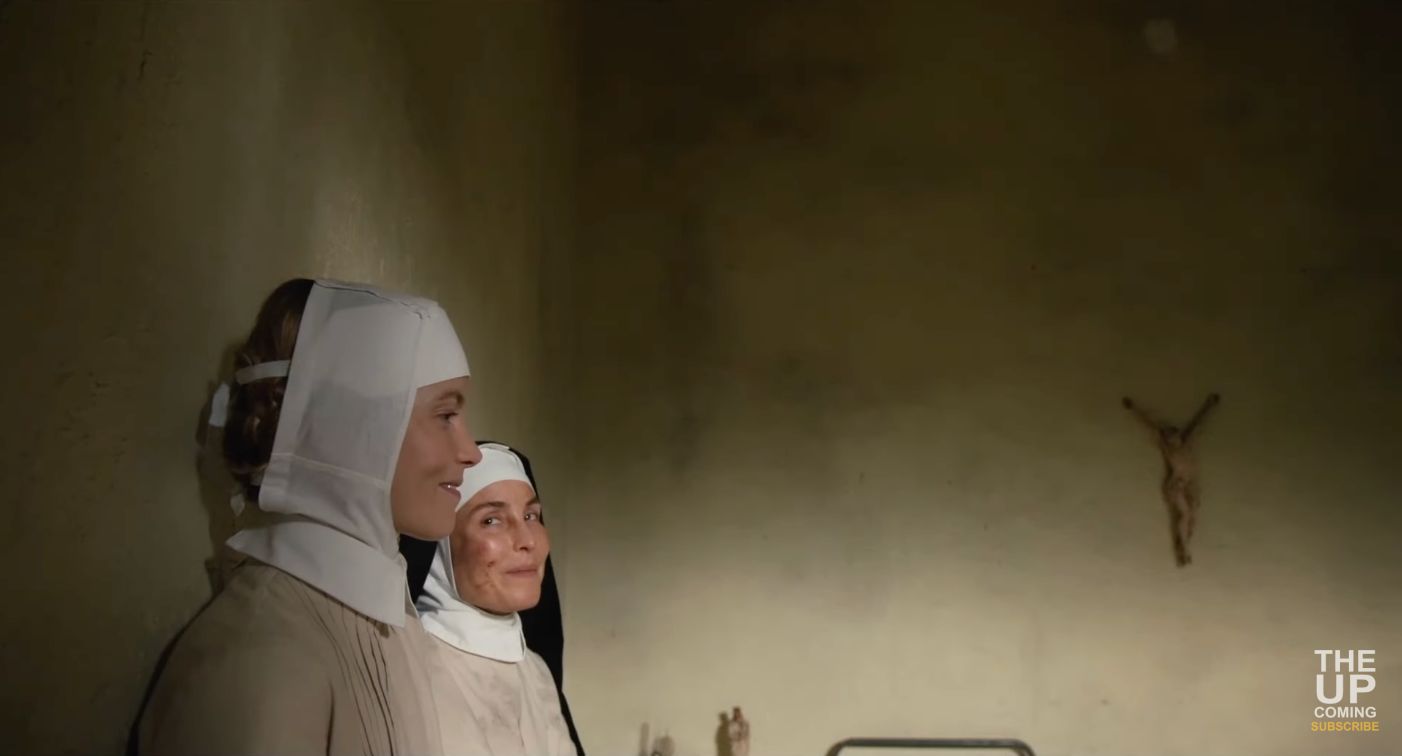
With her beautiful light entries, Virginie Saint-Martin manages to sublimate this place of prayer. The color grading and contrast create two distinct worlds: outside, misery appears red, hot, almost burning and unbreathable, while the parish remains cold, geometric, dominated by beige tones and azure blue.
Yet the image sometimes seems to hesitate, not fully committing to itself. From the first minutes, you feel the strong inspiration from Pawlikowski’s Ida — audacious and admirable frames that, despite their beauty, repeatedly struggle to truly captivate us. Abrupt zooms sometimes radically break the film’s aesthetic, which brings me to this question: how can you change visual style so drastically without it being perceived as incoherent? The strongest shots definitely remain the static ones, and I regretted certain passages where the handheld camera disrupted our emotions and cut actions too quickly.
This film strangely reminds me of the dancing plague of Strasbourg: in July 1518, a woman named Frau Troffea started dancing in the street, and in the following days, nearly 400 people joined her in an uncontrollable trance — probably after consuming flour contaminated with ergot. For nearly a month, the villagers danced to total exhaustion, leaving history one of the most mysterious and terrifying episodes of the 16th century.
12:30pm — Underland, or how to end up six feet under
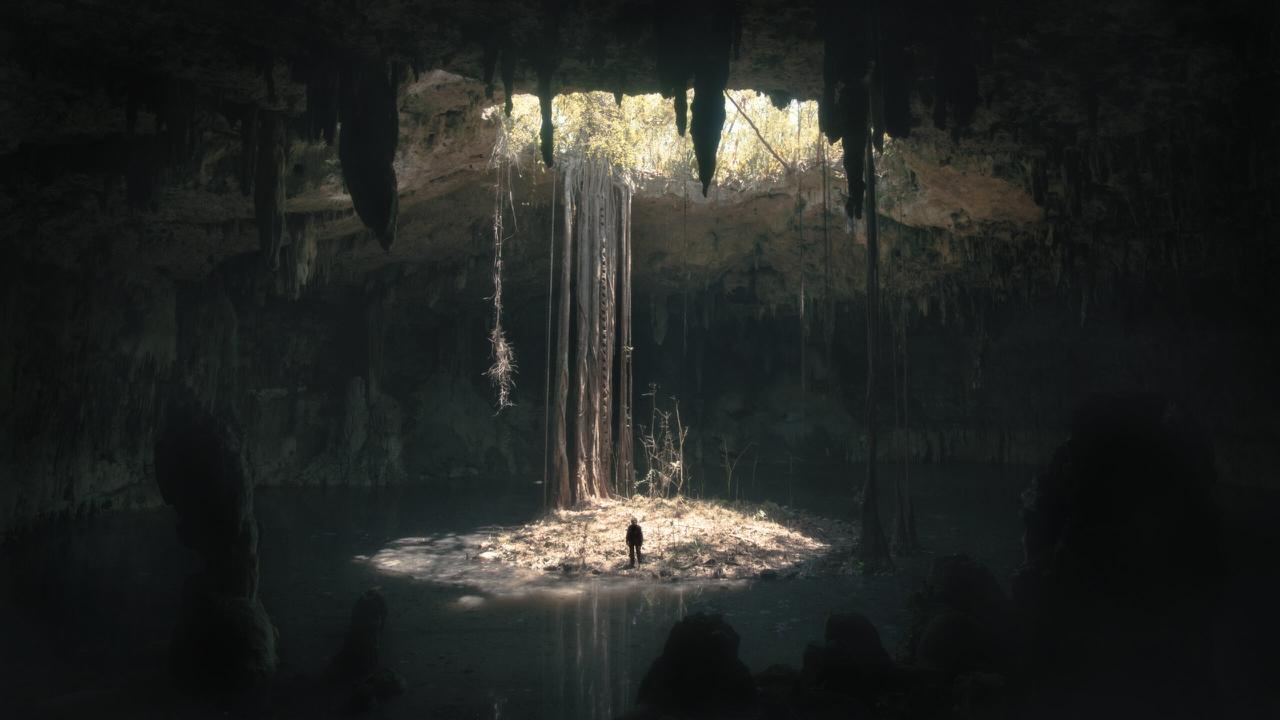
Here’s the film that intrigued me most today.
Underland — Dir. Rob Petit / DP. Ruben Woodin Dechamp
This documentary explores the current issue of nuclear waste treatment and our troubling fascination with dangerous underground spaces, but it especially questions what will happen in thousands of years, when these buried wastes might be rediscovered.
Human curiosity forms the heart of the film. Presented as both a flaw and an essential quality, it drives archaeologists and explorers to want to understand and penetrate these forbidden spaces beneath the earth.
I was particularly struck by how the light (notably from a flashlight wielded by an archaeologist) reflected on the cinema walls. It’s rare to see luminous matter interact this much with the projection space, as if the film was overflowing from the screen to invade the entire theater. The alternating montage of three main subjects creates a rhythm that establishes permanent tension and unease.
Ruben Woodin Dechamp illuminates these dark, deep spaces breathtakingly. The gloomy atmosphere emerges from dazzling flashlights, headlamps sweeping the darkness, and the texture of damp and moldy walls, eroded by time. This cinematographer perfectly masters the play between real and staged, and through his slow, hypnotic movements, he takes us traveling into the unknown while tickling our curiosity.
The message that struck me most concerns our relationship with Earth: she gave us an exceptional gift, and we “return” our most dangerous waste to her, naively thinking there won’t be consequences. After a failed dark matter test deep underground, a scientist-archaeologist expresses that there remain millions, billions of “doors” yet to open. It’s truly dizzying to think humanity might leave Earth without ever discovering all of its hidden riches.
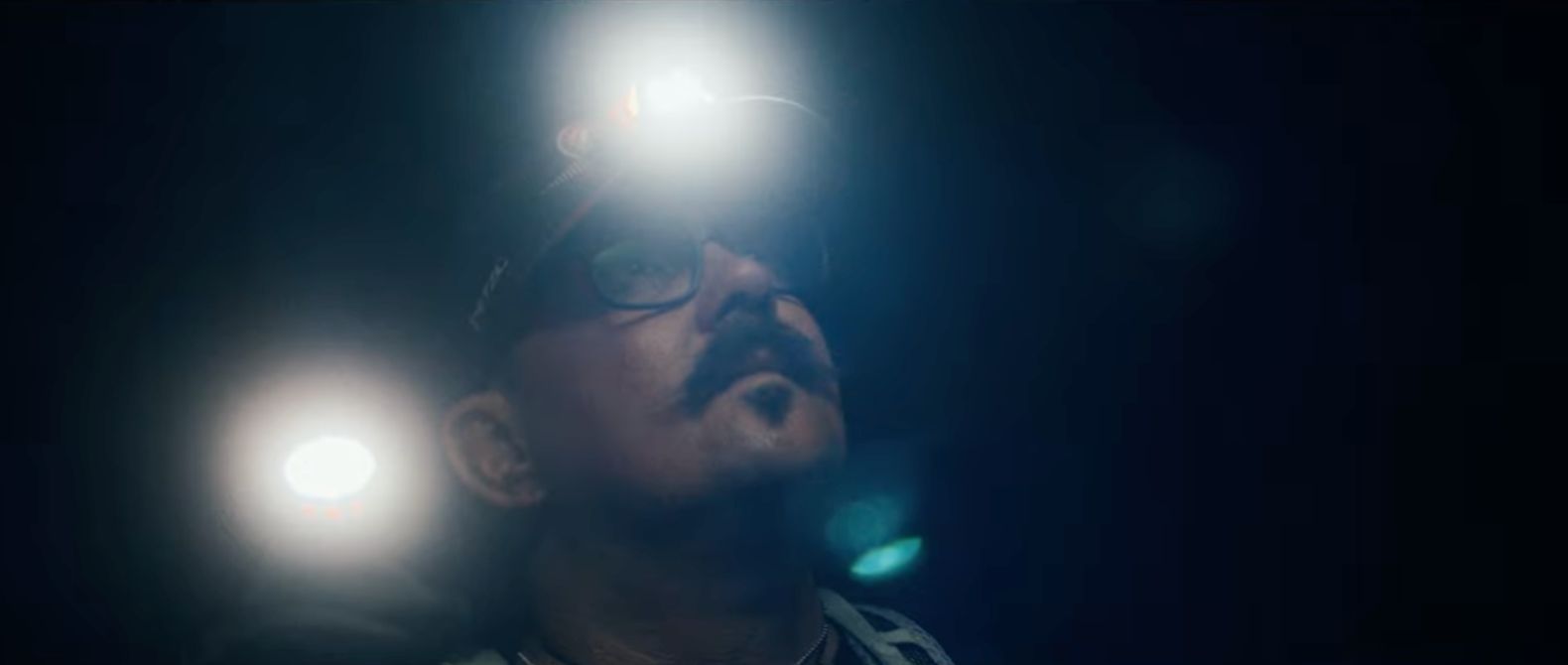
After the screening, I felt ridiculously small. Everything suddenly seemed gigantic and devoid of immediate meaning. The ceiling lights were just beacons to guide our passage through this cinema, where we came to absorb part of a creative consciousness that surpasses us, we small, curious beings hungry for overwhelming images.
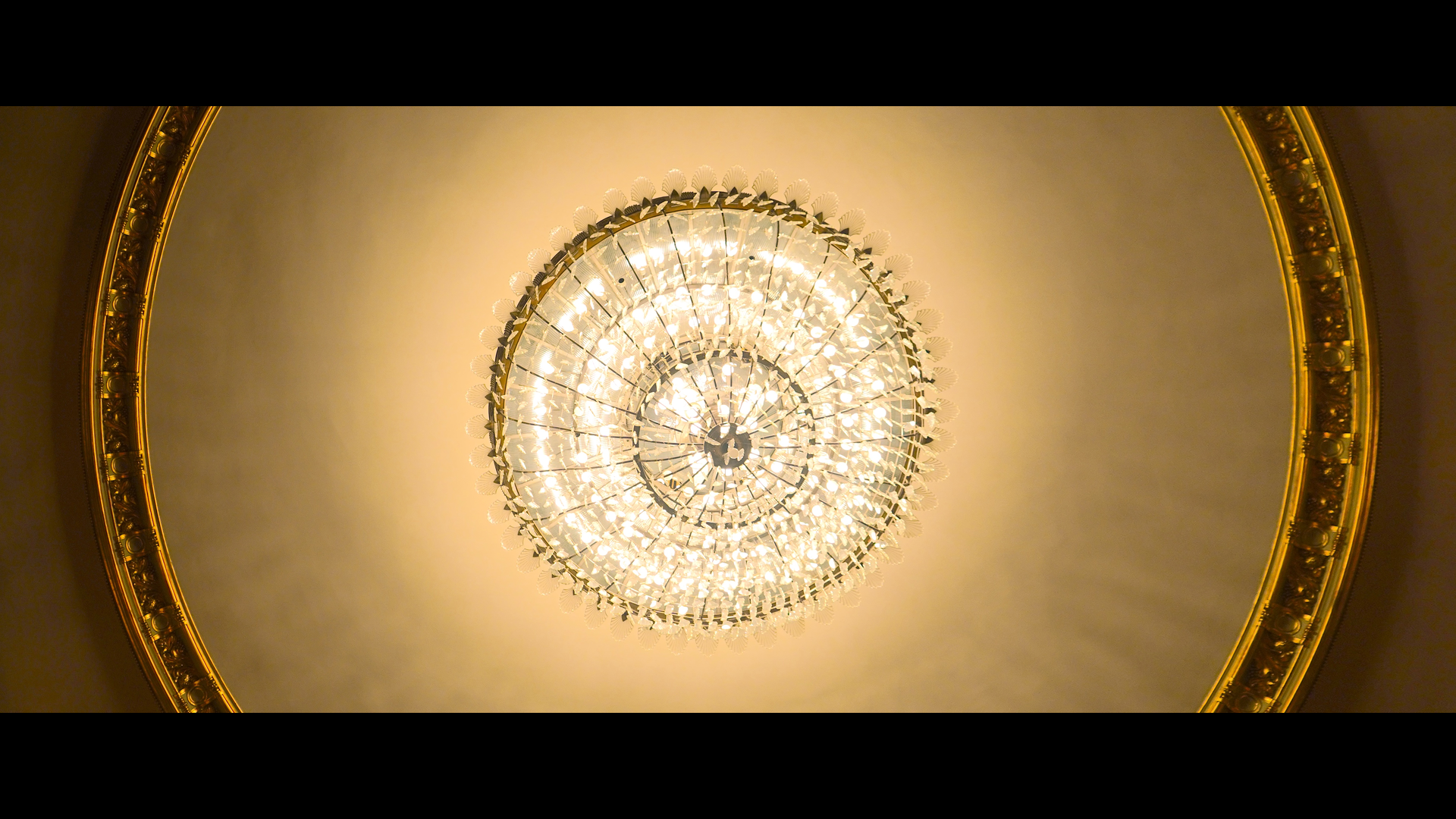
I decided to walk to Cinema City without using Google Maps — after all, the city is small; it should be doable. Obviously, I got lost. On the way, I experienced what I call the “cinematraumatic effect”: that strange phenomenon after a powerful film, where everything around us in real life seems to directly echo the movie we just watched. I noticed this hole in the ground, which I never would have seen if the film hadn’t touched me so deeply, and I couldn’t help thinking it had been dug by the simple human curiosity of some workers.
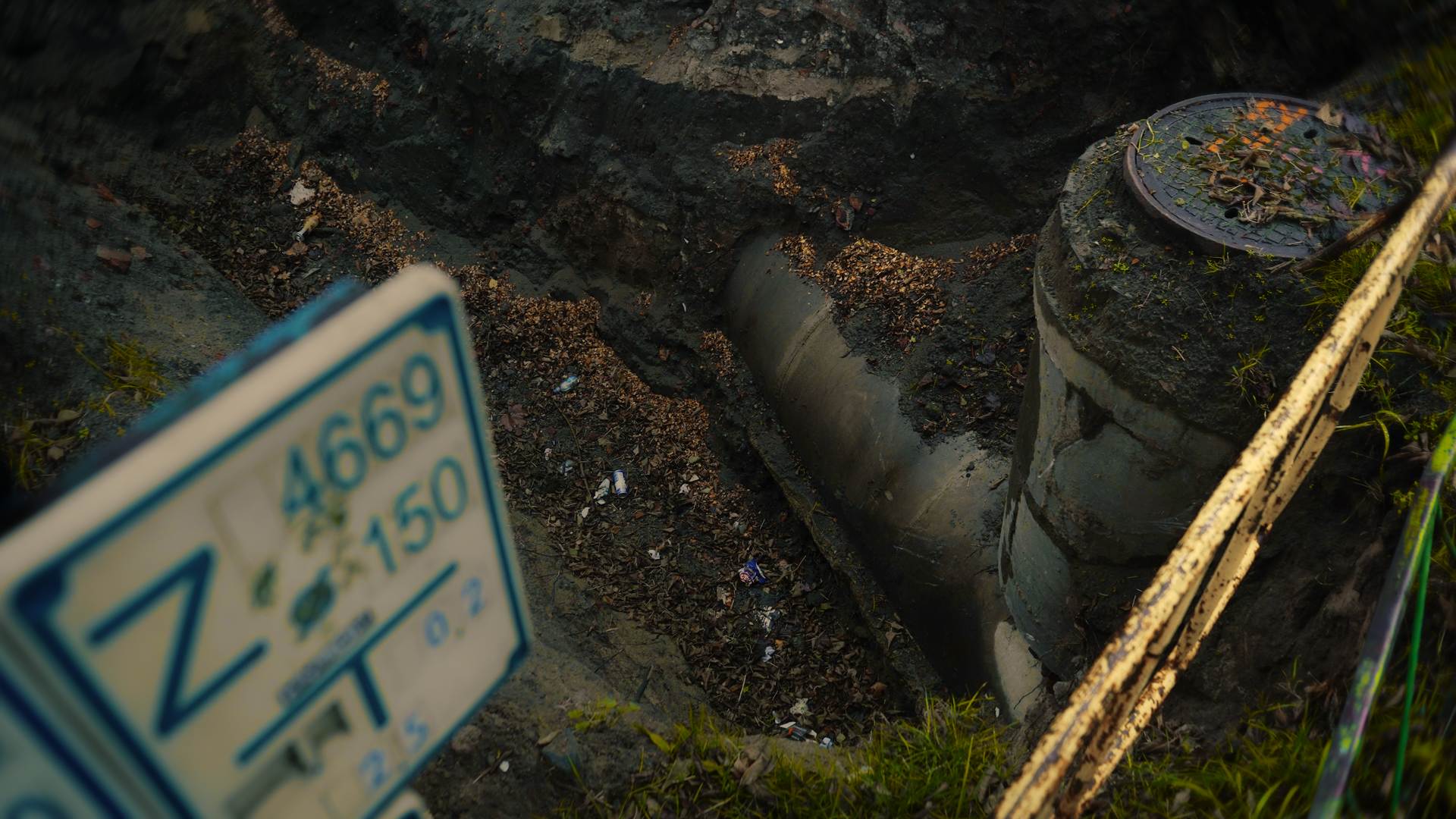
My only regret is now having rushed to another film while this one still inhabited me.
3:30pm — Sand City, or the absurd race for viewing records
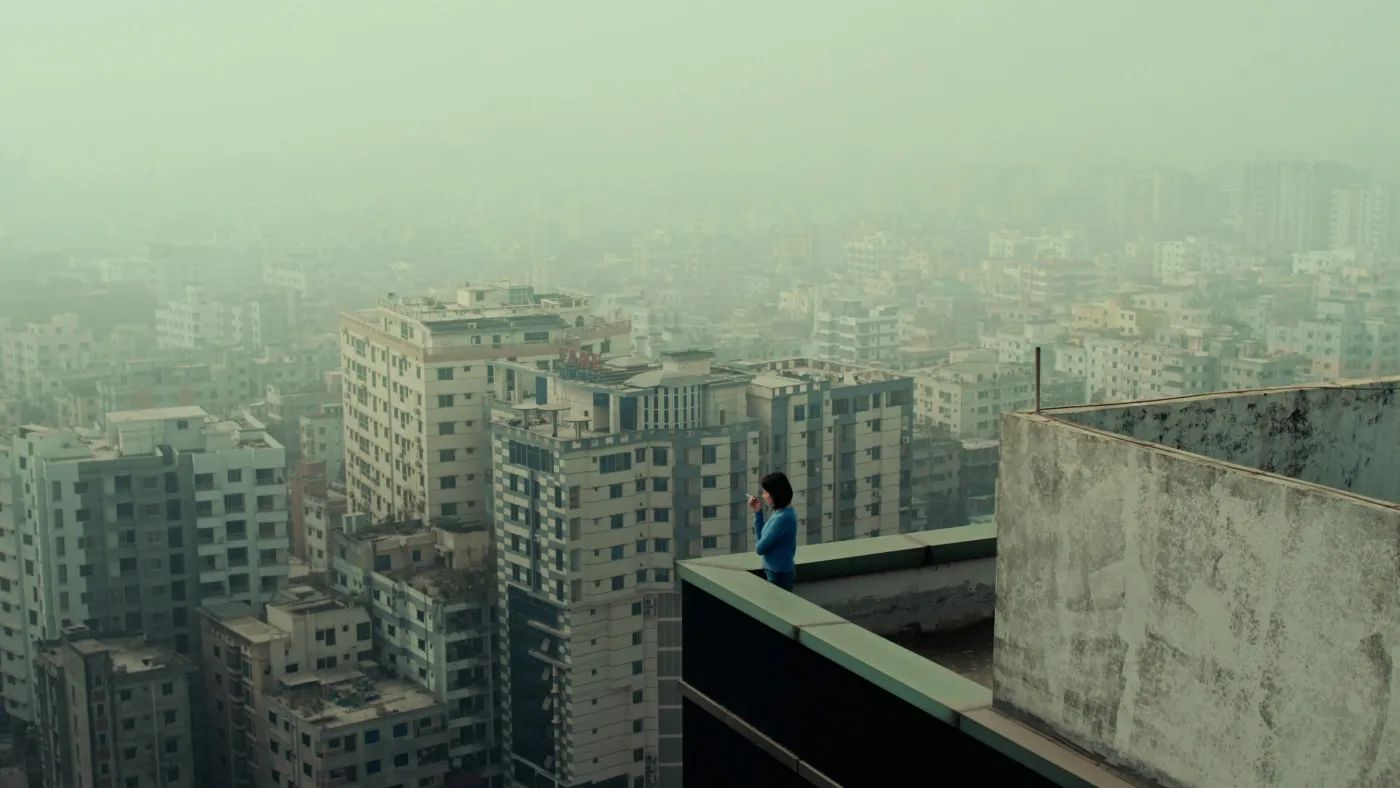
Sand City — Dir. Mahdi Hasan / DP. Mathieu Giombini
I really should have listened to my intuition and stayed outside walking, thinking about the previous film.
Sand City attempts an experimental approach by documenting the parallel between two very different lives that nonetheless share the same building. It touches on that urban fantasy we all know: not knowing your neighbors even though you share walls, ceilings, sometimes facing windows, without ever speaking to them.
The film tries to depict a dark and suffocating city, but unfortunately only manages to create a heavy slowness that’s hard to follow. At the exit, I heard viewers laughingly bragging about who had slept longer than their neighbors.
5pm — Nap and unhealthy meal
Wise decision: I’m taking a rest.
10pm — Bugonia & my idol Yorgos
Dir. Yorgos Lanthimos / DP. Robbie Ryan
This was surely one of the films I was most looking forward to this year. I’ll refer you to the detailed reviews from other UCO members, but I’d like to highlight one thing: the richness and composition of the wide, static shots are absolutely remarkable. We become active spectators, constantly searching for clues and meaning in this totally crazy and paranoid universe.
During the Q&A, Robbie Ryan sports a naturally relaxed style that also shows through in his work. You can feel he approaches each situation with calm detachment, seeing image-making as perpetual amusement, a complicit game he shares with Yorgos.
And what better way to cultivate this relaxation than offering a two-hour DJ set at a Toruń club?
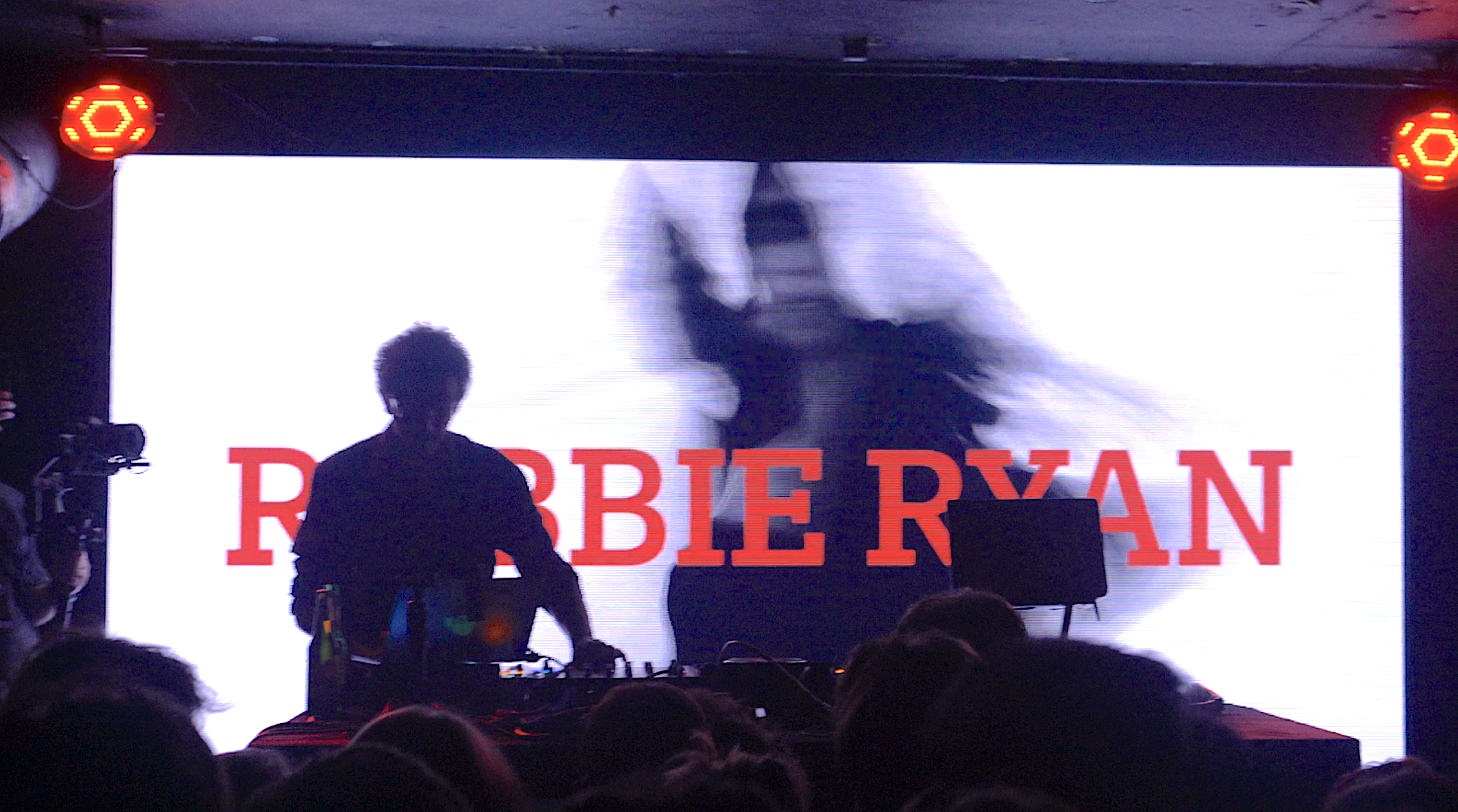
It was exhilarating. He varies musical styles as easily as he varies cinematic approaches: ragga, electro, techno, then an unexpected segue into classics like David Bowie’s Let’s Dance.
Small recommendation from his set: Incredible by M-Beat !



